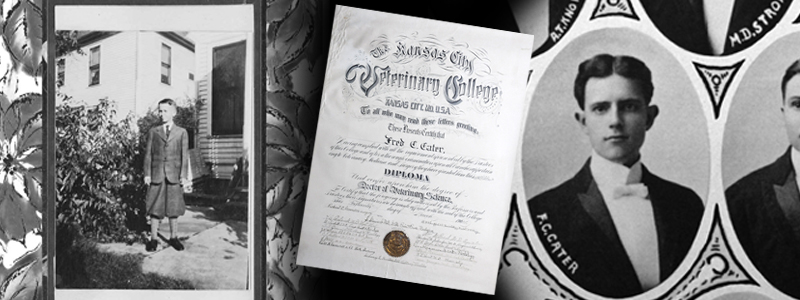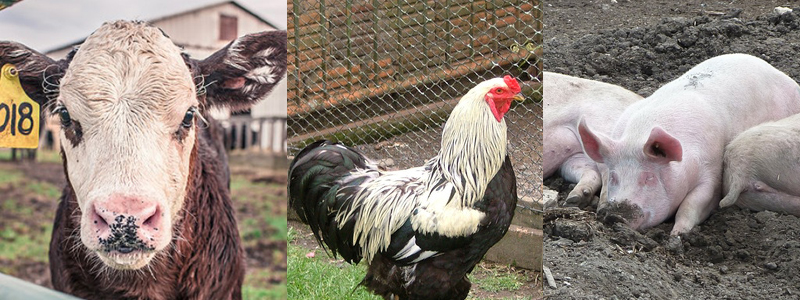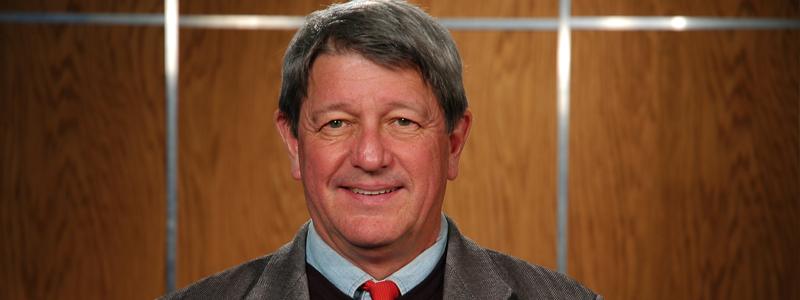Farmers and ranchers in six Kansas counties are recovering from the devastating effects of wildfires that swept across the southern part of the state. Hardest hit was Barber County, where nearly 400,000 acres succumbed to a blaze that started in northern Oklahoma. Comanche County lost an additional 41,000 acres in the same fire. It was the biggest wildfire in Kansas history, prompting Governor Sam Brownback to declare a state of emergency on March 23. Unrelated fires in Geary, Wabaunsee, Riley and Morton counties took nearly 12,000 more acres.
Though the fires are largely contained, those impacted are just beginning to realize the full extent of the damage. Dr. Ron Keeler of Ninnescah Veterinary Service near Hutchinson says he has clients who still don’t know how many of their calves perished. “Calves suffered the most death loss because when the fire came through the cows got up and ran, but the calves laid down and hid,” he says. “Within a few days of the fire it was literally a triage situation. Unfortunately, people didn’t have time to save everything that was burned. Most of them perished. If they didn’t, they were so bad off they were just euthanized.” He says the health problems he’s seeing now are mostly burn injuries. “Many of the cows injured in the fires were only singed and should heal within a week or two. We’re seeing mainly burnt udders. I’ve heard of hooves sloughing, literally burning the foot enough that they lose their claws.” Other problems, he says, could show up weeks or months from now. “If three months from now I get a group of cows in that are all coughing and have lung issues, the fire is going to be considered a factor.” Kansas State Veterinarian Dave Rethorst concurs, but notes cattle downwind from the fire may already be experiencing respiratory issues from heavy smoke that blew into their areas. “Those calves are seeing runny eyes and respiratory problems,” he said in a news release. “In some of these young cows, it will probably affect their lungs for life.”
While animal health is a concern, the more critical issue right now is the need for fencing. “Cows should be going out on grass here in a couple of weeks,” Dr. Keeler explains. “The grass is going to green up and come back from the fires, but there’s no fence to keep the animals in.” The lack of fencing not only increases the risk of further loss, but the likelihood of comingling between herds. Dr. Rethorst says that could lead to secondary health problems like bovine viral diarrhea, even in herds that have never experienced it before.
Seeing the challenges facing his clients, Dr. Keeler turned to social media for help. With permission, he posted pictures taken by one of his clients, Greg McCurry, showing his brother Brad on horseback with the fire behind him. A few hours after the post went live, Dr. Keeler’s son called from Manhattan. “He asked me, have you seen your post, and I said no, I haven’t even looked yet,” he recalls. “I already had about 100,000 hits on it.” In all, he says 850,000 people saw it. Offers of help started to roll in. “It was overwhelming the number of phone calls I’ve received,” says Dr. Keeler, who is quick to say he was not directly impacted by the fire. “I got calls from FFA groups from Moore, OK, people calling saying, where can I help, what can I do. As a mixed animal practitioner, I’ve never been so proud of my people.” Efforts are underway to organize FFA and 4-H work groups to help rebuild fencing. Semi-load after semi-load of hay has been donated to the area. “I’m about 40 miles from Medicine Lodge, one of the hardest hit areas, and (Reno) County’s cattlemen’s association put on an auction where they sold two steers on a progressive sale,” he says. (In a progressive sale, a steer is auctioned off, then donated back to be auctioned again.) The sale raised $27,000 for relief efforts. Even the drug companies are getting involved. “I’ve been called by just about every large animal pharmaceutical company asking where they can donate drugs to help with treatment, who needs it and how much they need,” boasts Dr. Keeler.
The Kansas Livestock Association has set up a fund for those wishing to help provide money toward fence rebuilding, replenishing lost hay supplies and animal health needs. The organization is also selling prints of Eva Gardiner’s painting, A Walk through Henry’s Dream, to raise funds. Information about these programs, as well as other resources for those impacted by the fires, can be found at http://www.kla.org/wildfirerelief.aspx. Dr. Keeler suggests those wanting to come to the area to help rebuild fencing contact their local extension agent to find out where there are help points.
Though the area faces a long road to recovery, Dr. Keeler is inspired by those who have come to aid the ranchers affected by the fires. “It’s one thing to help a neighbor out, but it’s another thing to help a whole industry that’s a hundred miles away. It just goes to show the resolve and the toughness of the people.”











